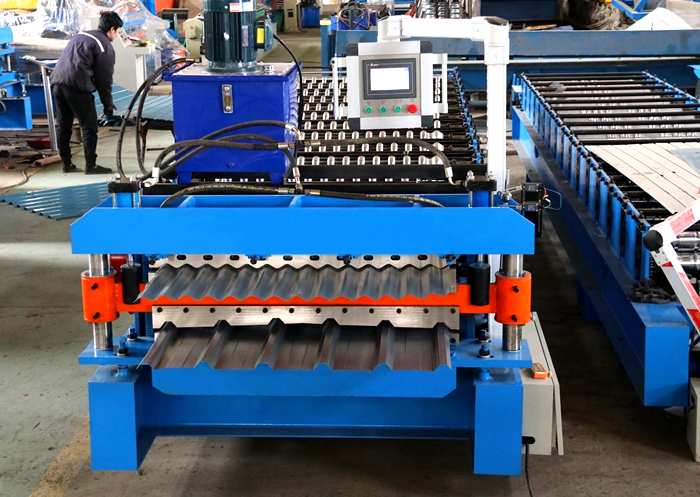Lightweight Steel Frame Roll Forming Equipment for Efficient Construction Solutions
The Evolution of Light Steel Frame Roll Forming Machines
In the modern age of construction and fabrication, the demand for innovative building materials and techniques has led to the emergence of advanced machinery and processes. One of the standout innovations in this sector is the light steel frame roll forming machine. These machines have revolutionized the way steel framing is manufactured, allowing for precision, efficiency, and versatility in construction.
Understanding Light Steel Frames
Light steel frames are structural systems made from thin-walled steel sections, which are used to create the skeletal framework of buildings. This method has gained immense popularity due to its lightweight nature, strength, and cost-effectiveness. Unlike traditional concrete and timber framing, light steel frames offer superior resistance to environmental stresses, such as earthquakes and severe weather conditions.
The role of a light steel frame roll forming machine is crucial in this context. These machines are designed to transform flat steel sheets into various shapes and sizes necessary for construction. They work through a process known as roll forming, where steel is continuously fed through a series of rollers that shape it into the desired profile. This allows for the mass production of uniform and high-quality steel components that can be easily assembled on-site.
The Advantages of Using Roll Forming Machines
1. Precision and Consistency One of the main advantages of using light steel frame roll forming machines is the level of precision they offer. The automated nature of these machines ensures that each component is produced to exact specifications, minimizing errors and discrepancies that can occur during manual fabrication.
2. Cost-Effectiveness By streamlining the manufacturing process, roll forming machines can significantly reduce labor costs and material waste. The continuous operation of these machines means they can produce large quantities of components in a short period, making them ideal for both small-scale and large-scale construction projects.
light steel frame roll forming machine

3. Design Flexibility Roll forming machines can create a wide range of profiles and shapes, providing architects and builders with the flexibility to design innovative structures. Customizable die sets mean that each machine can be adapted to produce different components as needed.
4. Durability and Strength Light steel frames produced through roll forming are incredibly durable and can withstand harsh environmental conditions. This makes them suitable for a variety of applications, from residential buildings to industrial structures.
5. Sustainable Construction As sustainability becomes increasingly important in the construction industry, light steel frames offer a compelling solution. Steel is 100% recyclable, and the efficiency of roll forming minimizes waste, contributing to environmentally friendly building practices.
The Future of Light Steel Frame Roll Forming Machines
As technology continues to advance, the future of light steel frame roll forming machines looks bright. Automation and smart manufacturing techniques are paving the way for even more efficient machines. For instance, the integration of Artificial Intelligence (AI) and Internet of Things (IoT) technology can enable real-time monitoring of production processes, ensuring optimal performance and prompt maintenance.
Additionally, the trend toward modular construction is likely to increase the demand for roll formed light steel frames. Modular construction involves prefabricating building sections off-site and then assembling them on location, which aligns perfectly with the capabilities of roll forming machines. This approach not only speeds up the construction process but also enhances quality control, making it a popular choice in contemporary construction projects.
Conclusion
Light steel frame roll forming machines represent a pivotal advancement in construction technology. Their ability to produce high-quality, precise, and durable components has transformed the way buildings are designed and constructed. As the industry moves toward more sustainable and efficient practices, these machines will likely become even more integral to the future of construction. The ongoing evolution of these technologies ensures that the possibilities for light steel framing are virtually limitless, creating exciting opportunities for builders, architects, and developers around the globe.
-
Roof Panel Machines: Buying Guide, Types, and PricingNewsJul.04, 2025
-
Purlin Machines: Types, Features, and Pricing GuideNewsJul.04, 2025
-
Metal Embossing Machines: Types, Applications, and Buying GuideNewsJul.04, 2025
-
Gutter Machines: Features, Types, and Cost BreakdownNewsJul.04, 2025
-
Cut to Length Line: Overview, Equipment, and Buying GuideNewsJul.04, 2025
-
Auto Stacker: Features, Applications, and Cost BreakdownNewsJul.04, 2025
-
Top Drywall Profile Machine Models for SaleNewsJun.05, 2025








